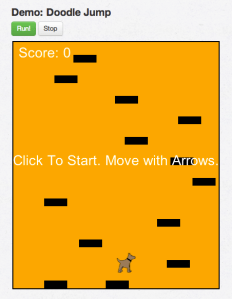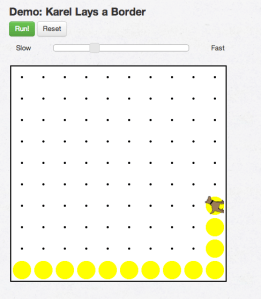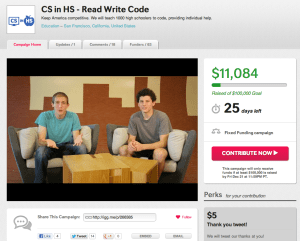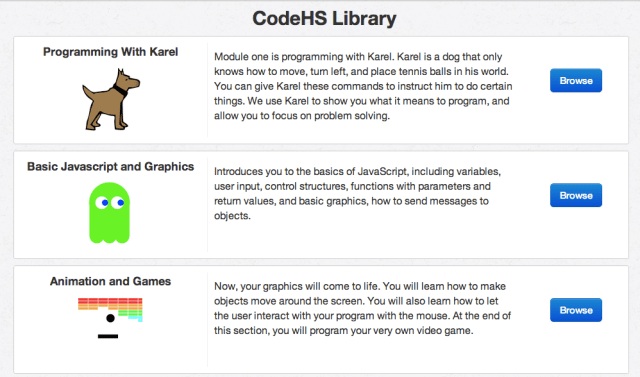The Microsoft Surface is a great kitchen computer, and sadly, that’s about it. You can tell a lot about a new product by how well you integrate it into your life, and for the Surface, the product has been largely sitting on my kitchen countertop for the past couple of weeks, except for that one time my daughter’s iPad was charging and she wanted to watch Netflix. Or that other time when I carried it to Startup Weekend, then ended up using it as a hard surface to press down on while writing with pen and paper.
Oh, Surface. You just don’t fit in. At least not for me.
This is not another Surface review, to be clear. I don’t review gadgets. We have people for that. Lots of them. Professionals. You should read those posts. This is an opinion. These thoughts have been itching inside my mind since my Surface arrived, and they’re dying to get out.
If anything, I’m biased to like the Surface. I wanted to like it, even.
I was a late switcher to Apple products. I didn’t care for the fervor that surrounded Apple, and having once worked in I.T., I was more comfortable in the Windows universe. I didn’t want to deal with the switching costs: productivity loss during the adjustment period, not ever really knowing the OS as well as I knew Windows, leaving behind software programs I had come to rely on, etc.
But the iPhone, as it turns out, was an ideal gateway drug. I switched. I learned. I adjusted. After the iPhone, came the MacBook Pro. Then an iPad. Now I’m a slave to the iPhone upgrade cycle. Today, to return to Windows feels like the same kind of struggle as leaving it ever was in the first place. But I’m predisposed to want to try on some level, if only to assuage the guilt and penalties associated with complete Apple ecosystem lock-in. (Well, complete except for that year and half using the Nexus S, and carrying an early Windows Phone 7 device for backup).
Overall, I don’t dislike Windows 8 as an operating system. Actually, there are parts of it I like very much. The Windows 8 “desktop,†for example, with its live-updating tiles is a welcome change from Apple’s incredibly boring interface involving app icons and folders. Even Google long ago out innovated Apple on this front, with Android’s customizable homescreens and widgets, live wallpapers and thumbnail-based application switcher. Apple’s iOS homescreen feels dated, and the upgrades we’re being fed (or those withheld!) are too often serving Apple’s own interests, not ours as users. Like everyone, I miss the native Google Maps app. I didn’t care for Apple’s delay on Facebook integration because the two companies couldn’t figure out how to work together. I don’t like pre-installed apps I can’t delete (like many of Apple’s native ones on iOS). I don’t like the inability to better customize the device to my own needs. (Why 12 icons in a folder? Why?!)
Windows 8 feels modern and different. The Metro design â€" or whatever you call it now â€" appeals to me. And the stripped down version known as Windows RT â€" the only version the Surface currently supports â€" is tolerable for light computing.
Now I know that a lot of ink has been shed over the ridiculousness of cramming the old-school “desktop†interface into the re-imagined Windows 8, but I can see where Microsoft felt like it had no choice in the matter in terms of supporting legacy software (and legacy users, resistant to change). Yes, it feels awkward to switch between the old and new. Jarring. But the ridiculous part to me is not legacy support â€" this is Microsoft! â€" but rather the decision to remove the “Start†menu from this old-fashioned interface. It’s like, “here’s your stupid old Windows. Now good luck using it!†[Insert evil laugh here]. Yeah, thanks a lot.
Still, while I’m attracted to the sheer “differentness†of the new Windows OS itself, one thought kept running through my head while using the Surface hardware: God, I wish I could use this OS on an iPad. And therein lies the problem. The Surface, well-built and sturdy as it may be, is a bizarre, bizarre machine.
 It’s simply an awful tablet. If you remove the keyboard and try to use in portrait mode, the thing is too long and too narrow. It feels heavy because it’s too thick, despite being about on par with the iPad in weight. But if you attach the keyboard, you then have to be sitting at a desk or table where you can prop the thing up. It’s not a lap computer, which is nutty because tablet computers are for untethering you from a desk, and laptops have the word “lap†in them for a reason. Only Microsoft could come up with a way to make a tablet/laptop combo that forces you back to your desk no matter the configuration you select.
It’s simply an awful tablet. If you remove the keyboard and try to use in portrait mode, the thing is too long and too narrow. It feels heavy because it’s too thick, despite being about on par with the iPad in weight. But if you attach the keyboard, you then have to be sitting at a desk or table where you can prop the thing up. It’s not a lap computer, which is nutty because tablet computers are for untethering you from a desk, and laptops have the word “lap†in them for a reason. Only Microsoft could come up with a way to make a tablet/laptop combo that forces you back to your desk no matter the configuration you select.
Only Microsoft could make a tablet that’s actually desktop PC.
And as a desktop PC, it’s too small for work day computing. It’s a secondary device at best. iPad users won’t buy this instead of a new iPad. Laptop users will still buy laptops. Price sensitive Android users won’t bite for the price ($499+, but unusable without a keyboard which is an extra $119 for the less expensive Touch Cover option). E-reader buyers will look for something lighter.
Who, then, is this tablet/laptop for? And where the heck are you supposed to use this thing?
As for me, the Surface sits in my kitchen. And it works pretty well there for quick web searches, email checks, recipe lookups, a little YouTube and the like. There’s no point getting into details about how well Office performs, or the lack of apps available for the Surface with Windows RT, or other details â€" this is an occasional use machine.
Anyway, the kitchen not the worst place for an oddball computer to end up â€" the PlayBook, after all, quickly became the bathroom tablet. (That thing is the perfect size for leaving on top of the toilet.) But if I were to invest in switching to Windows 8 from OS X or iOS, I go for a “real†laptop or a “real†tablet, not this odd halfling creation which is, in reality, neither.
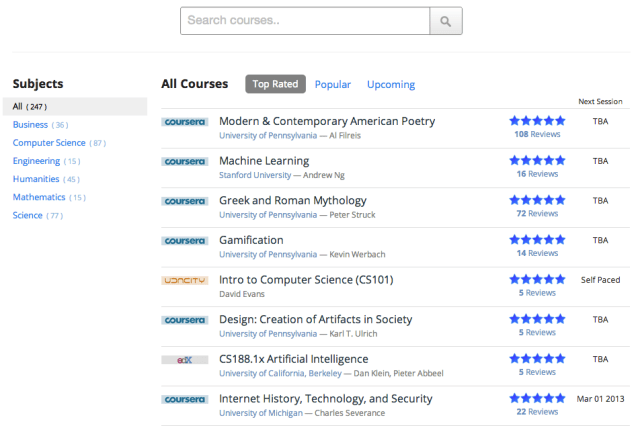
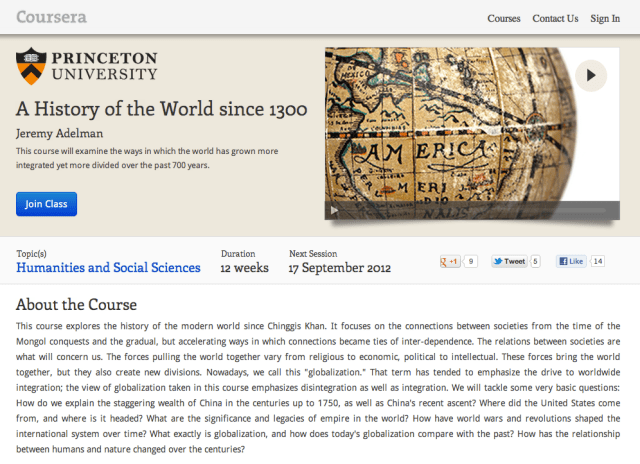
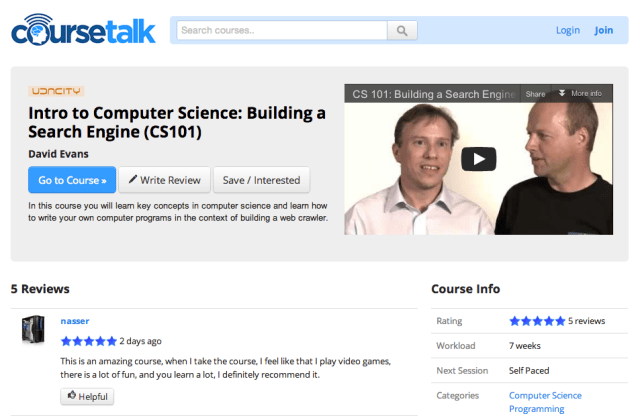
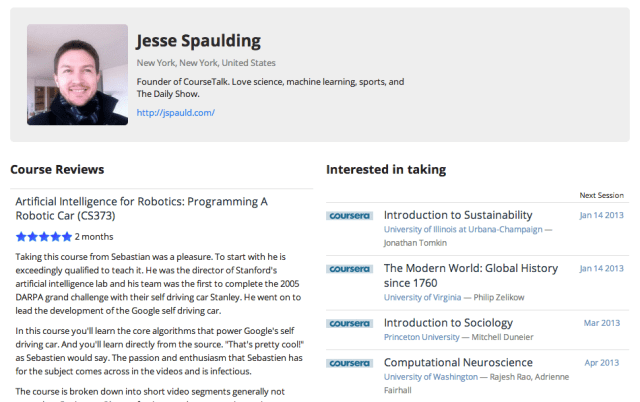




 Combining data with affiliates could anger some Instagram users who purposefully avoid Facebook. It has greater implications for those who use both. Facebook could employ its biographical and social graph data to target an as-yet-unlaunched ad unit within Instagram, or use Instagram geo-location data to improve accuracy of local business ads on Facebook. Still, even thoughÂ
Combining data with affiliates could anger some Instagram users who purposefully avoid Facebook. It has greater implications for those who use both. Facebook could employ its biographical and social graph data to target an as-yet-unlaunched ad unit within Instagram, or use Instagram geo-location data to improve accuracy of local business ads on Facebook. Still, even though 
